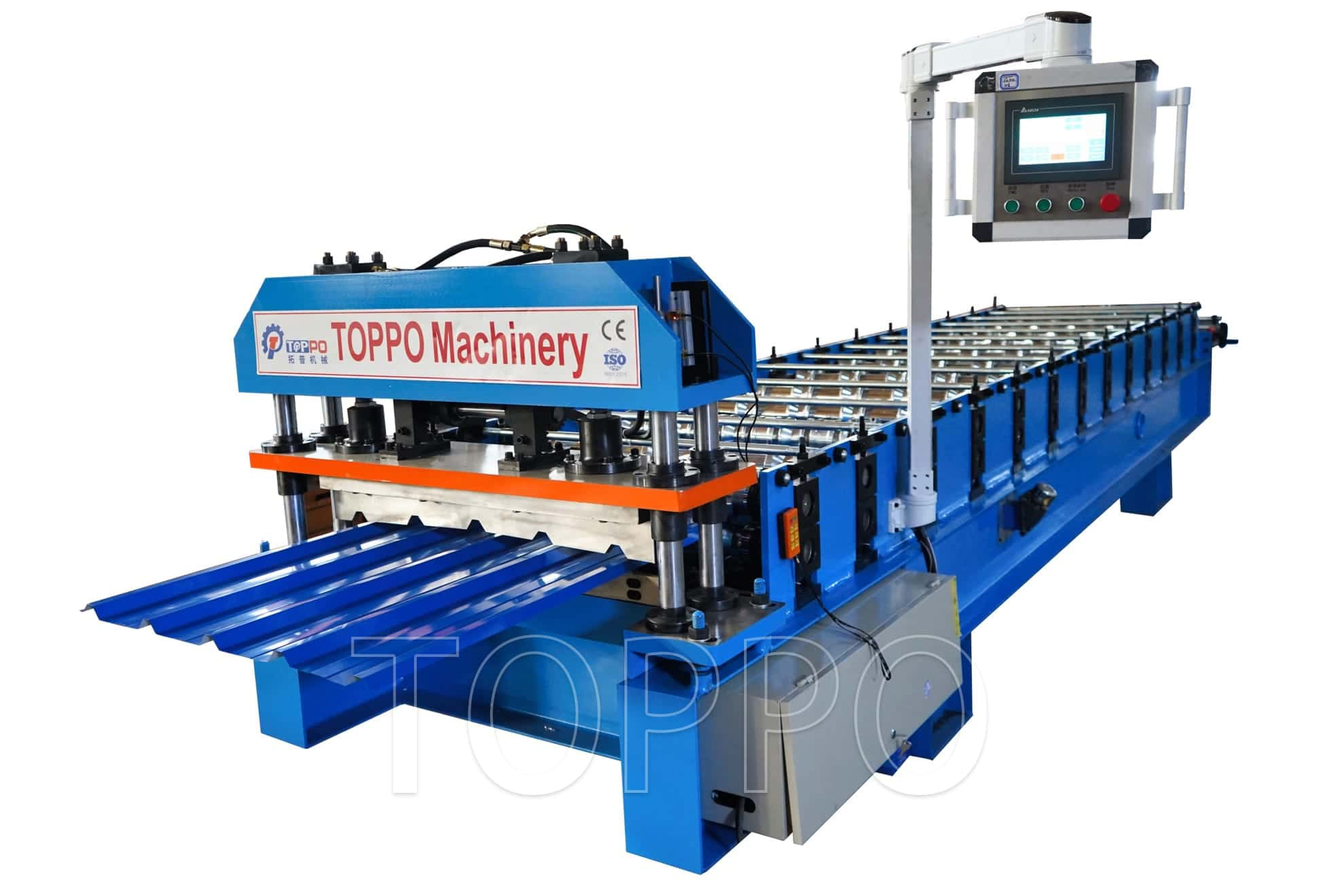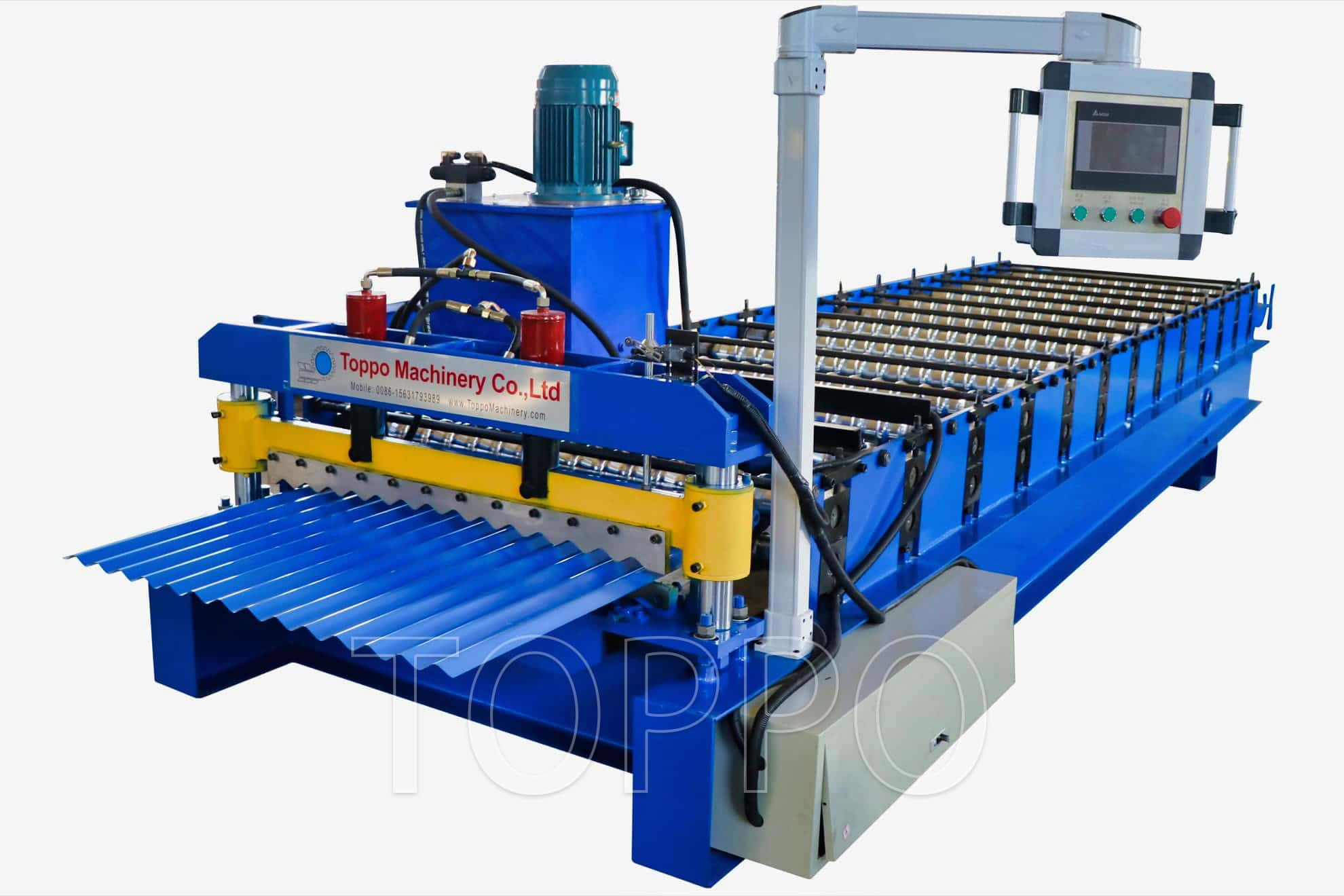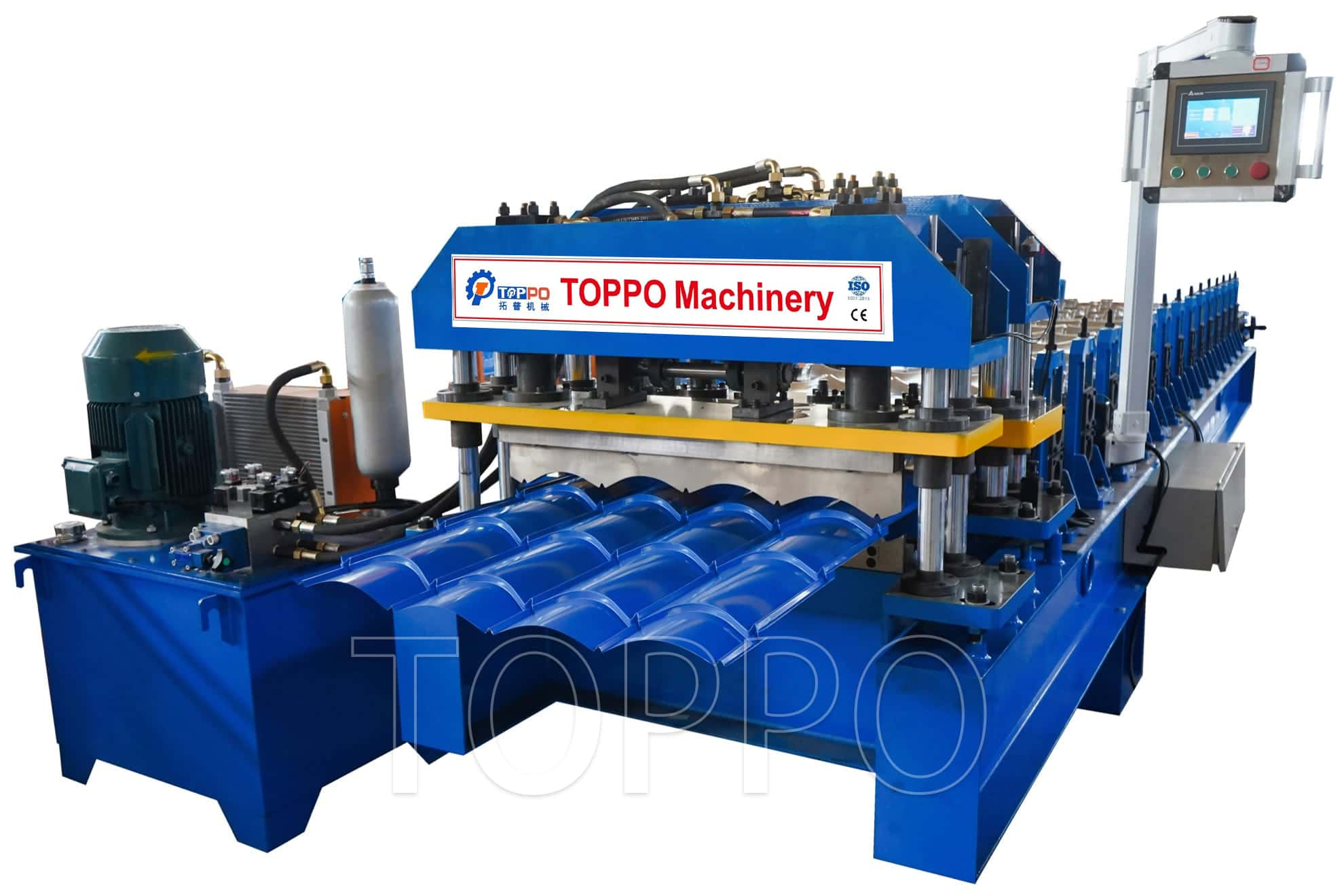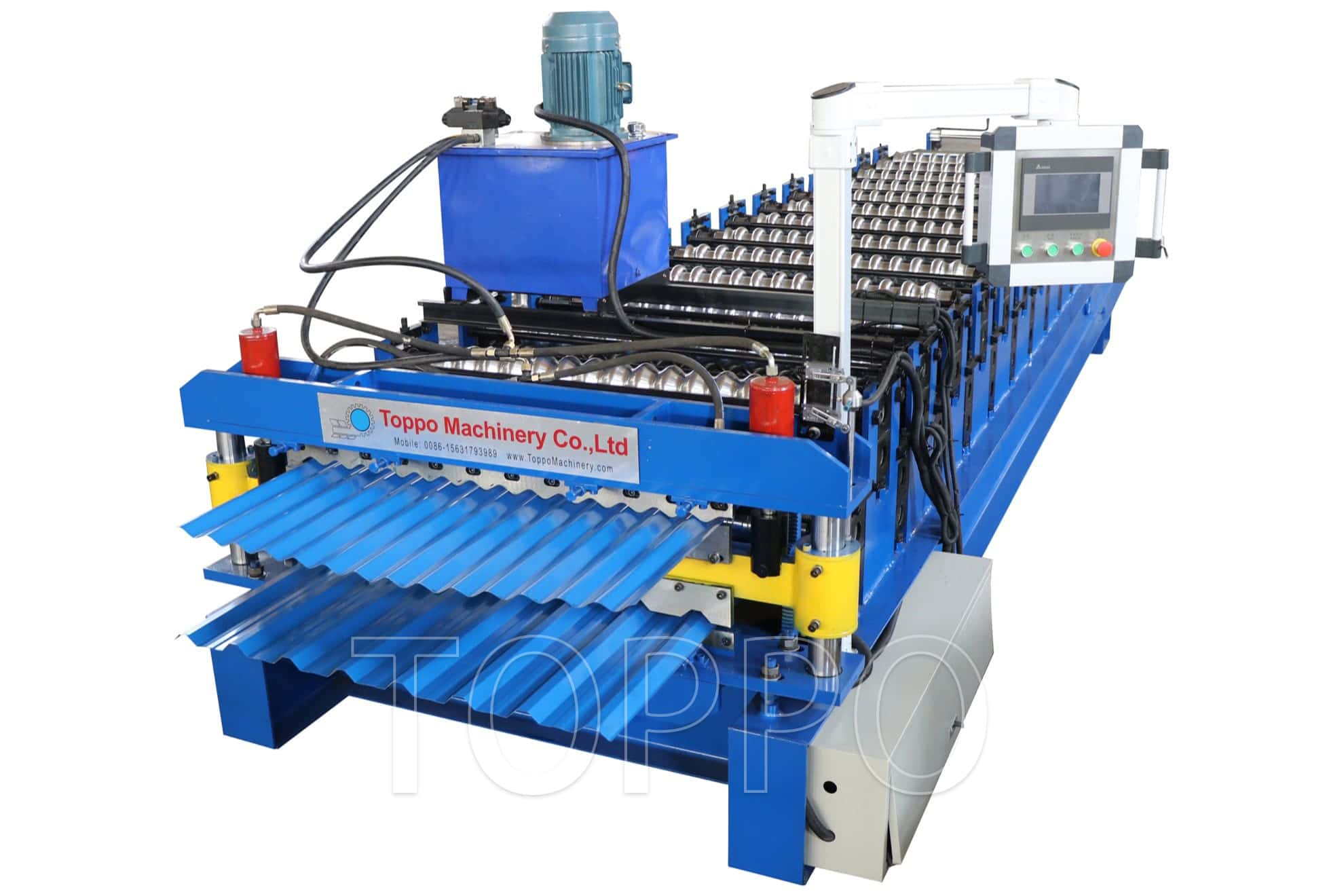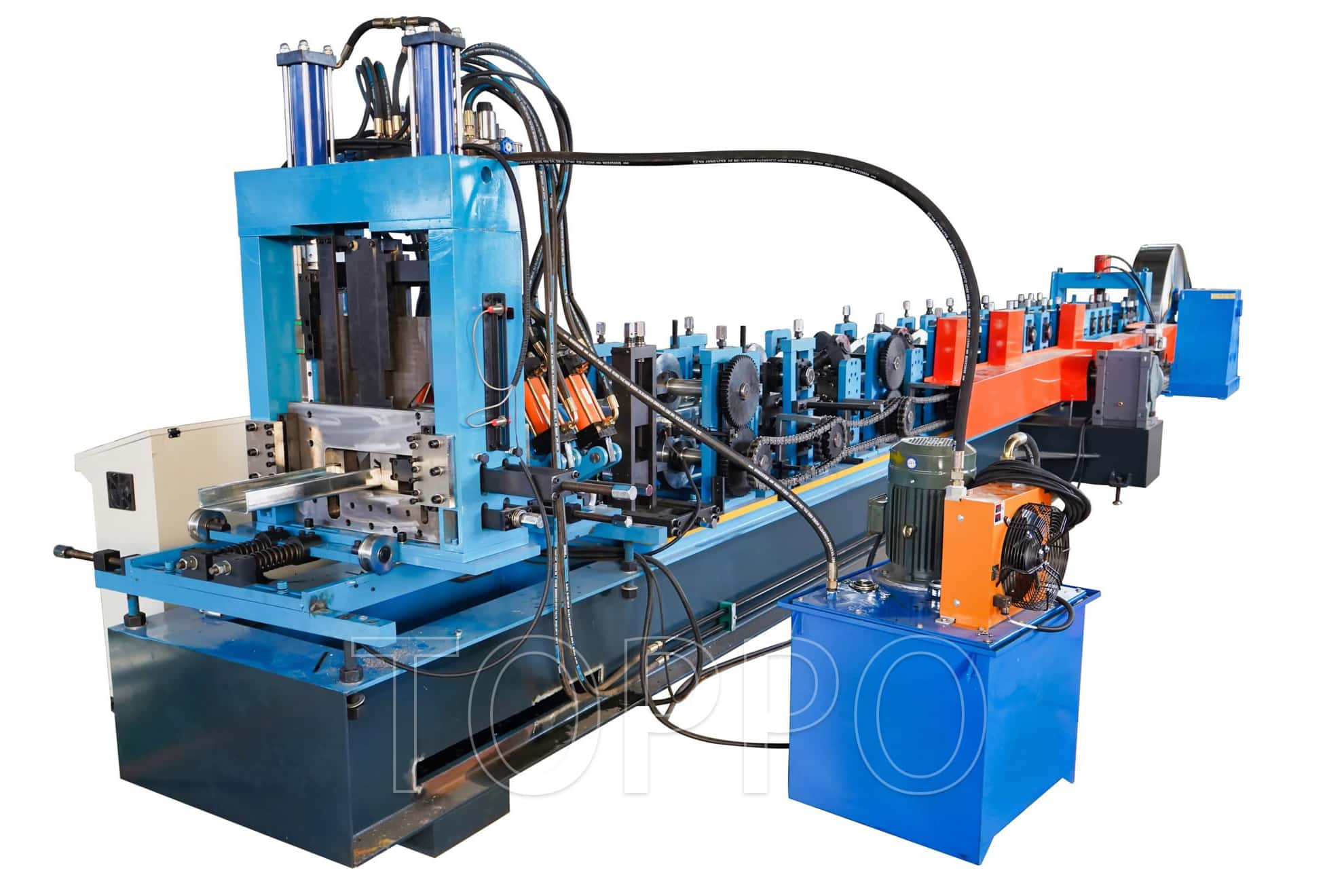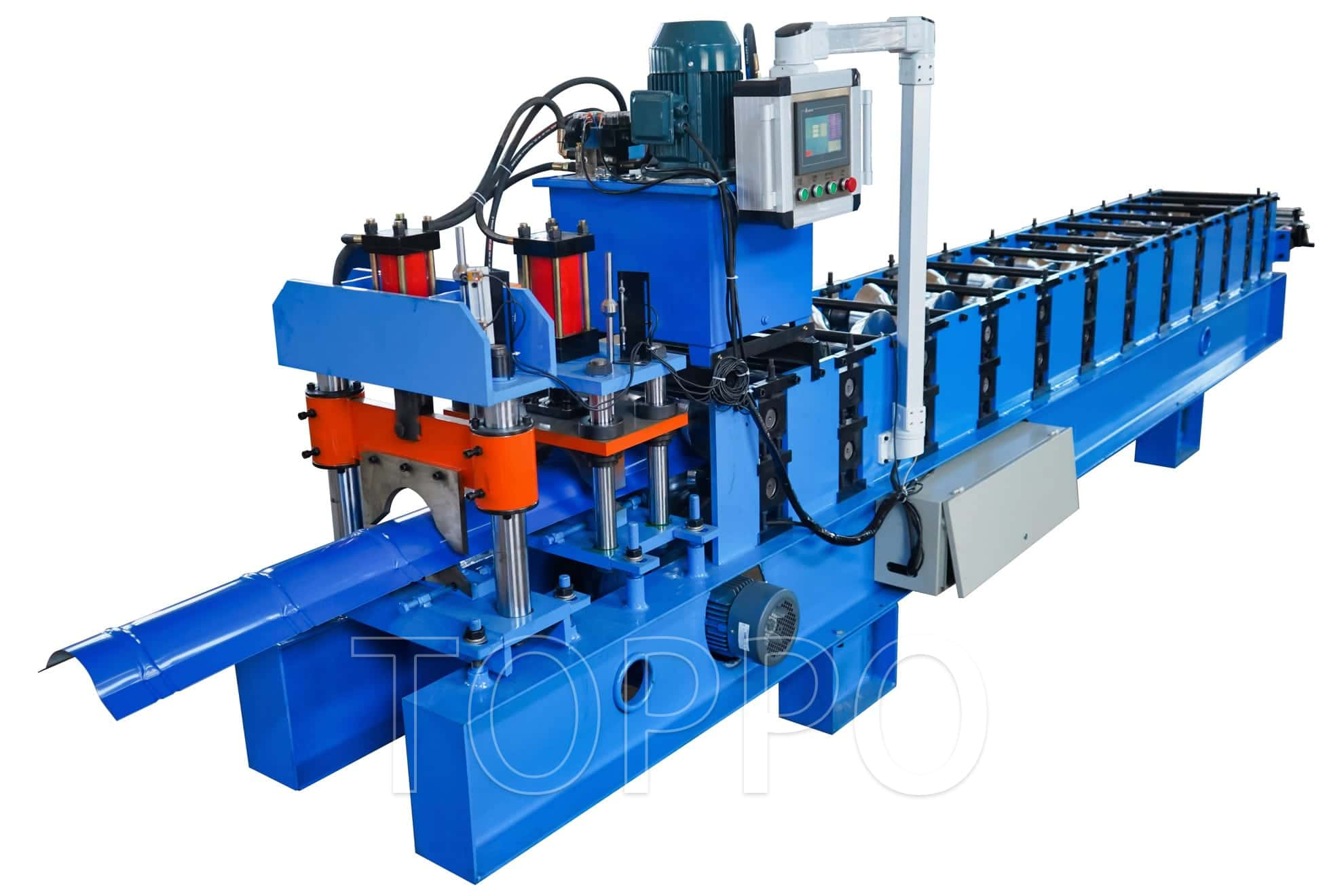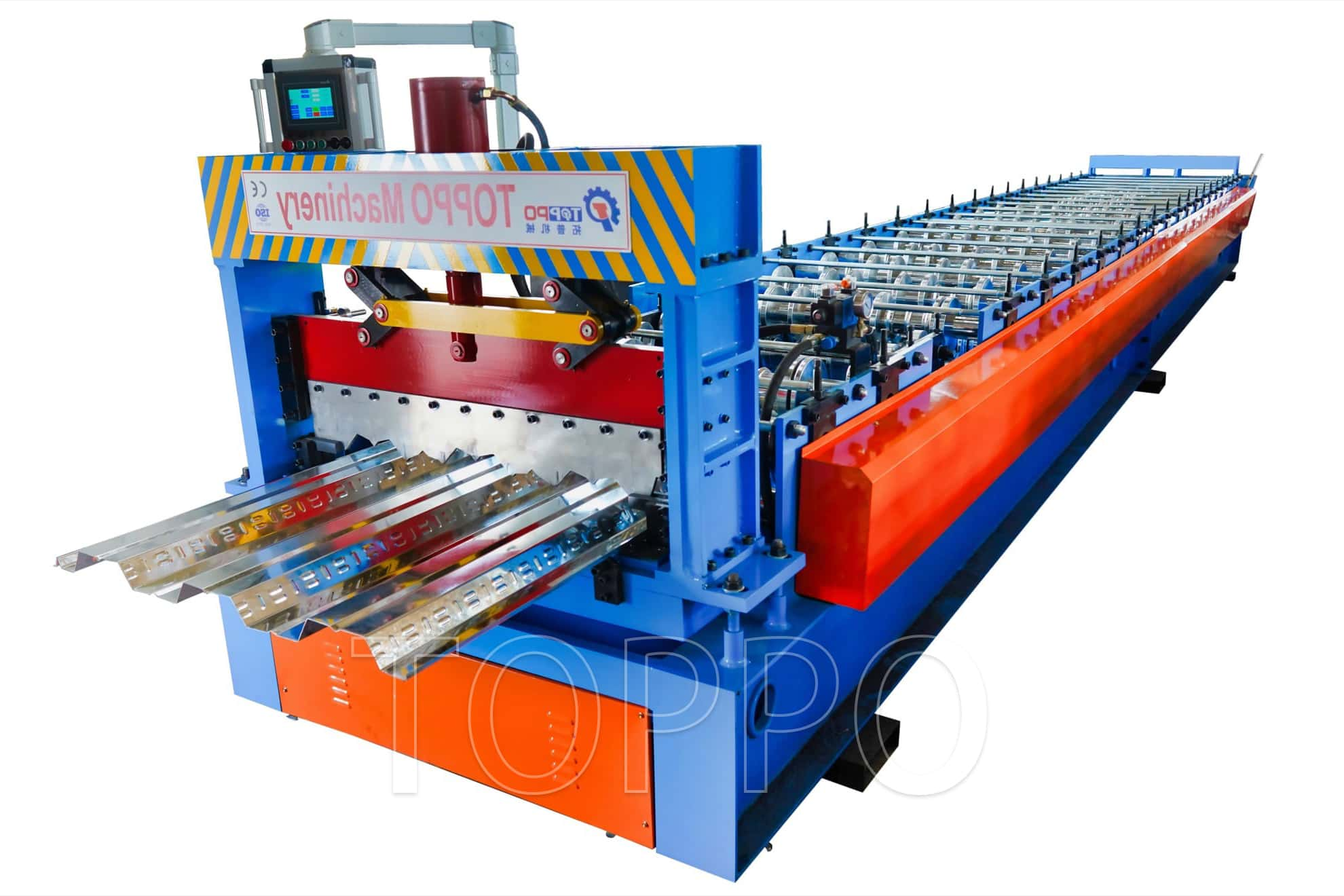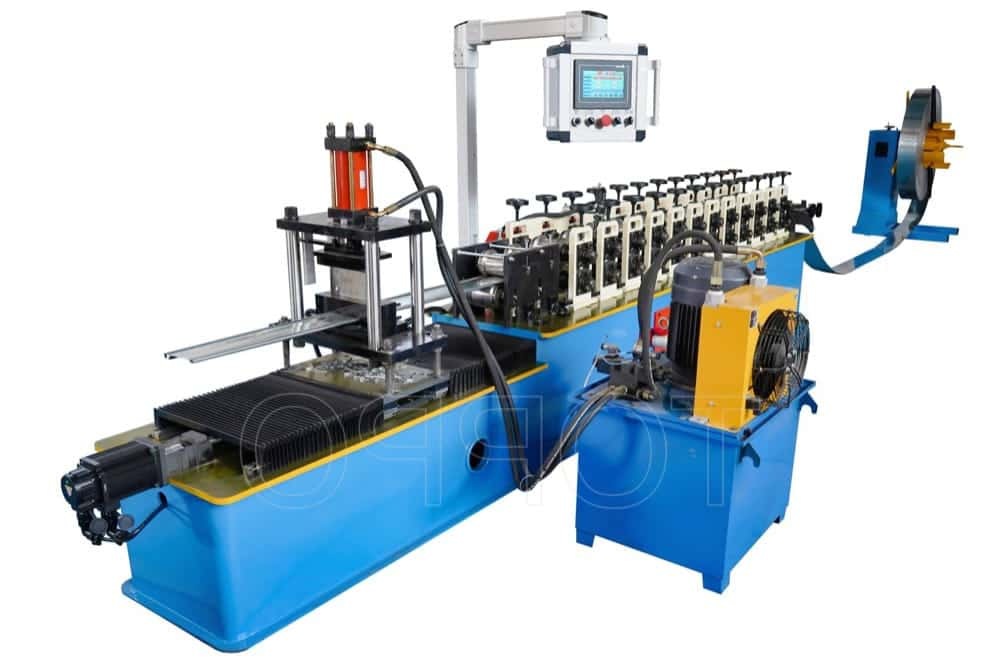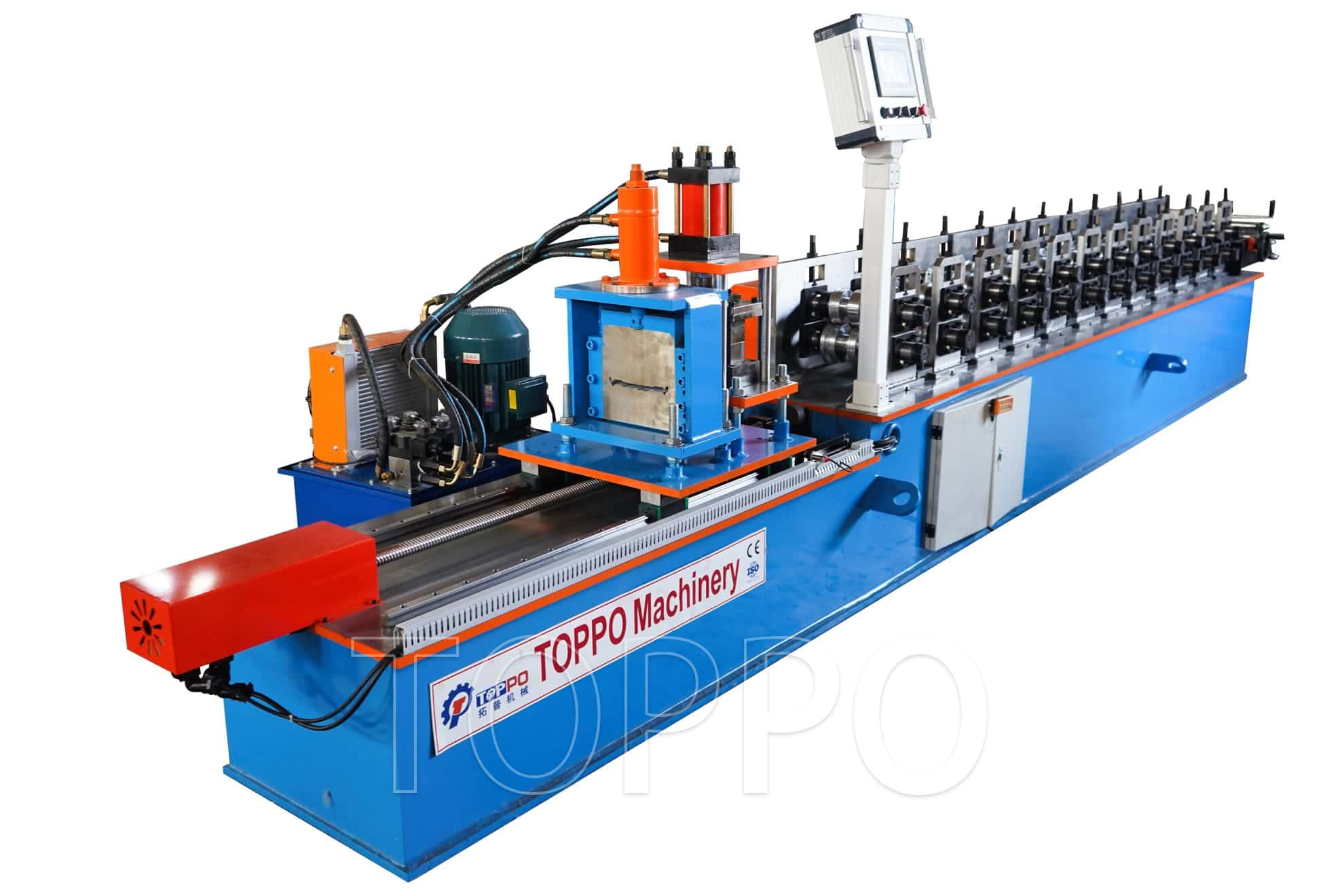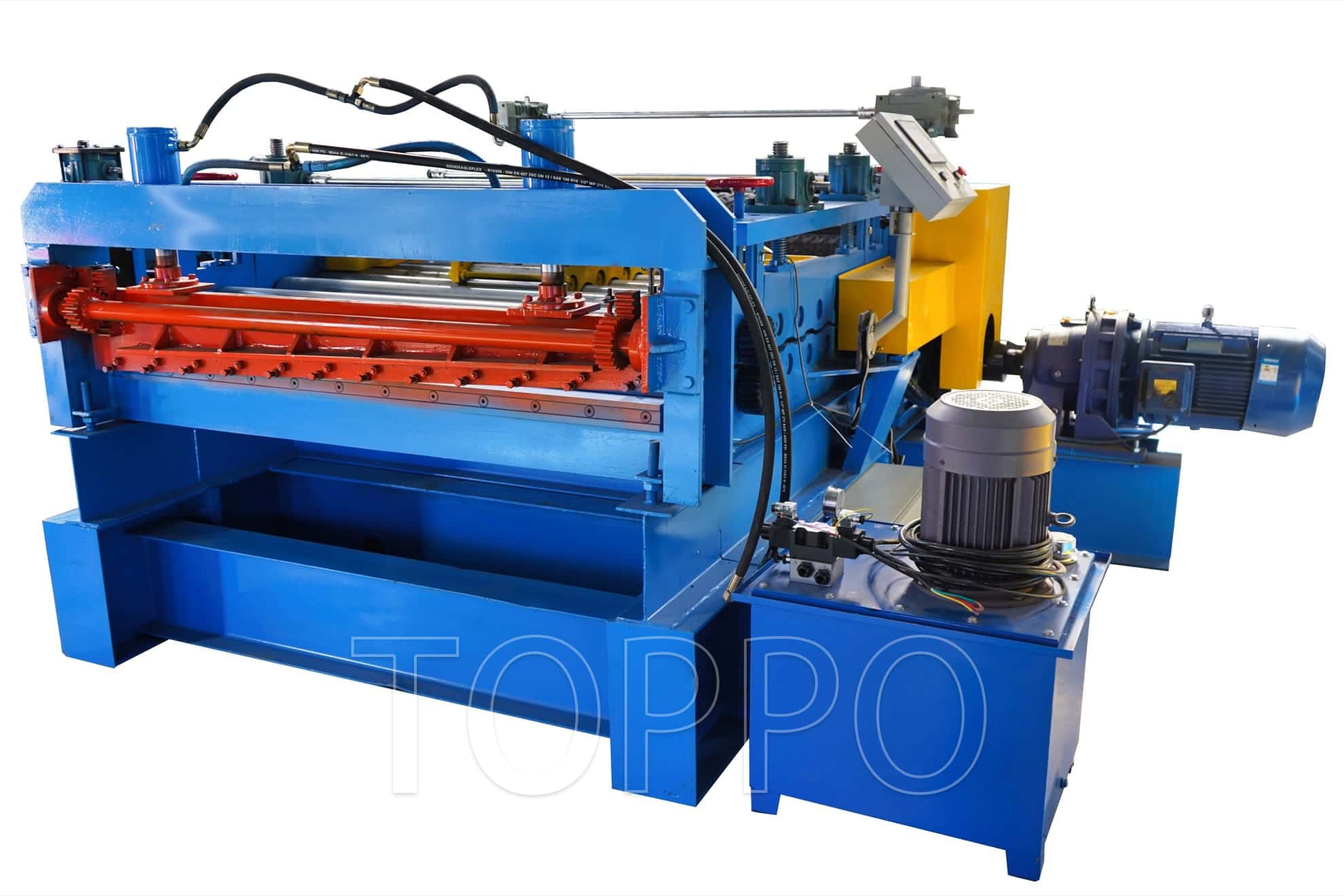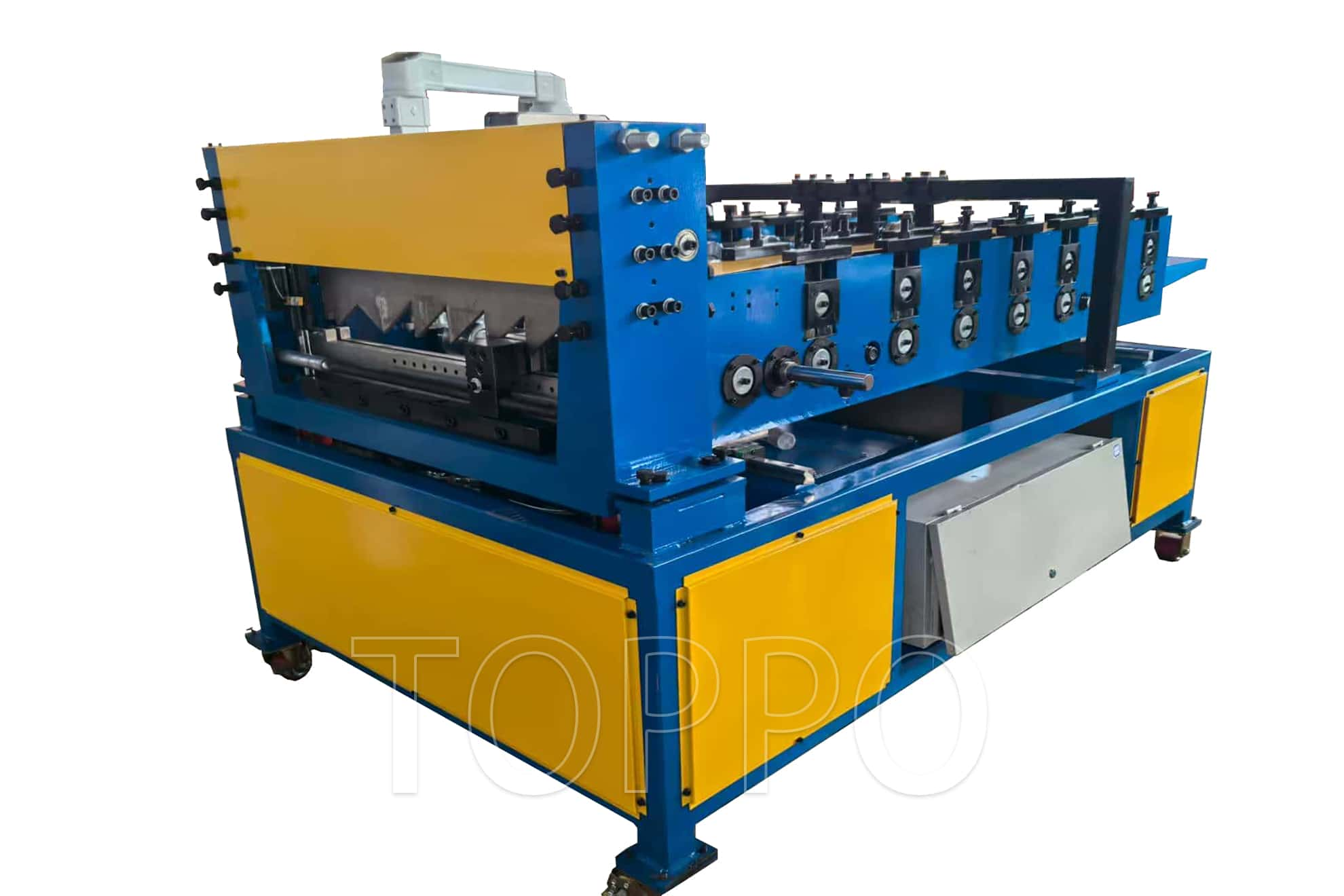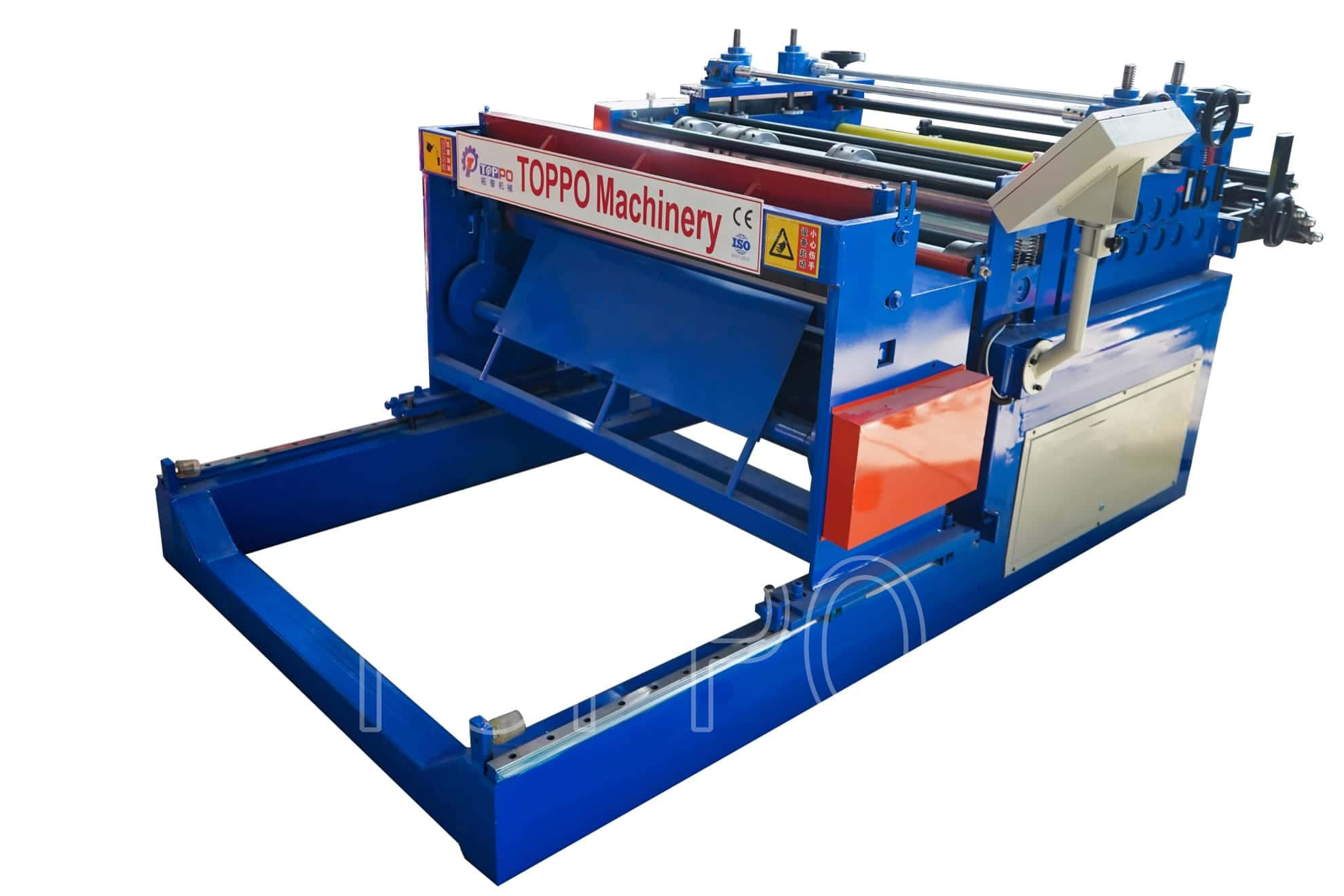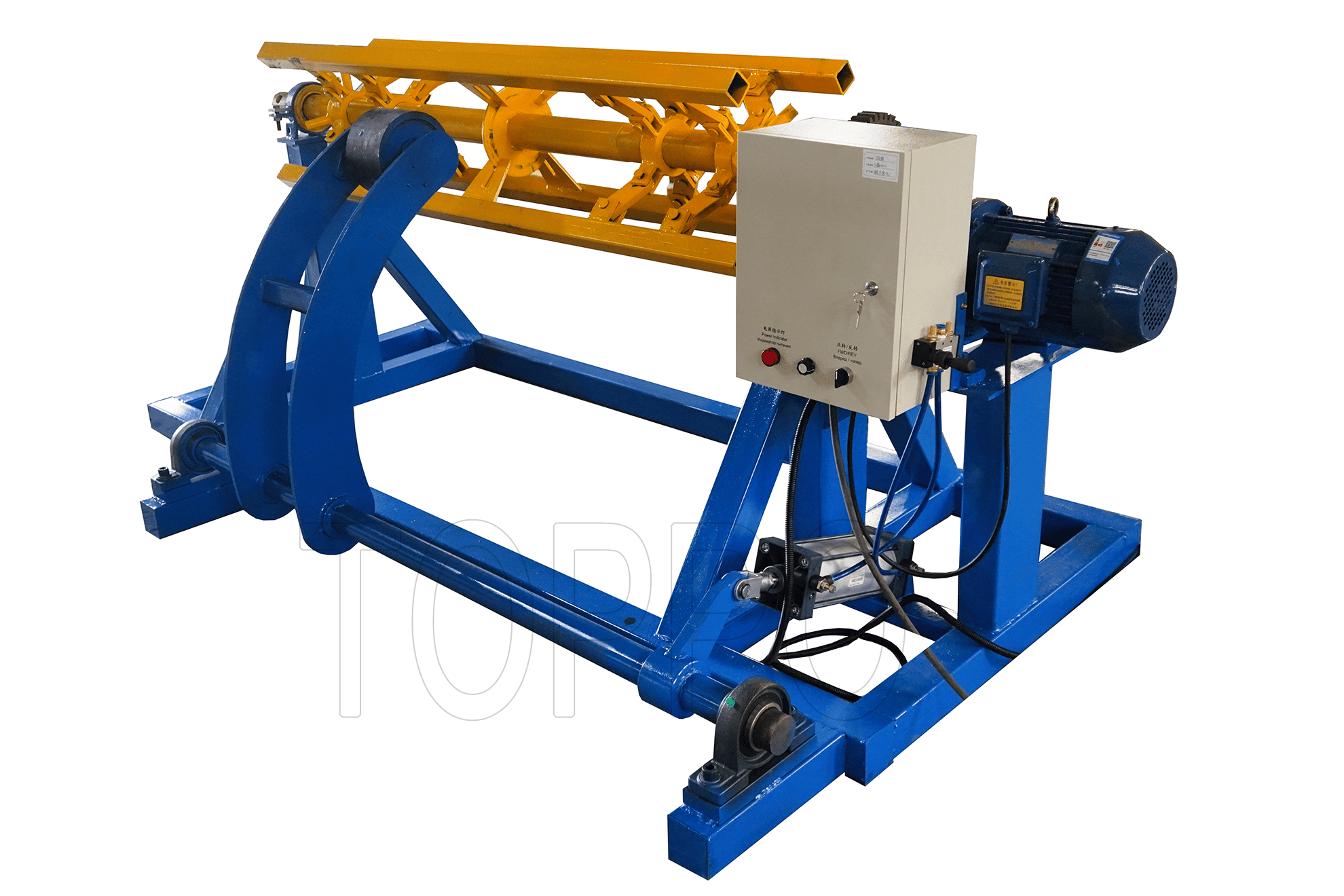- Trapezoidal Machine
- Corrugated Machine
- Glazed Tile Machine
- Double Layer Machine
- CZU Purlin Machine
- Ridge Cap Machine
- Floor Decking Machine
- Rolling Door Machine
- Fence Machine
- Embossing Machine
- Standing Seam Machine
- Cut To Length And Slitting Line
- Guard Rail Machine
- Decoiler And Stacker
- Stud And Track Machine
- Gutter And DownPipe
- Curving Machine
- Cladding Panel Machine
- Corollary Equipment
Step-by-Step Adaptation of Roll Forming Machines for Unique Local Roofing Needs
Roofing solutions in developing countries are as diverse as the communities they serve. By adapting the Automatic Tr5 Tr6 metal trapezoidal roof panel roll forming machine to produce local profiles, manufacturers can meet market demands and outpace competitors. Here’s a step-by-step guide to successful adaptation.
Step 1: Engage with Local Stakeholders
Survey builders, installers, and end-users to learn about preferred profiles, aesthetic preferences, and installation techniques.
Gather regional building codes and climate data for informed design decisions.
Step 2: Collaborate with Tooling Experts
Work with die designers to produce tooling for your roof panel making machine and trapezoidal roll forming machine that matches local needs.
Document machine settings for each profile and keep them accessible to operators.
Use Case: A Nigerian producer launched a new panel design, quickly becoming the preferred supplier for regional schools and clinics.
Step 3: Implement Pilot Projects and Quality Tests
Manufacture sample panels and install pilot roofs under real conditions to assess durability and fit.
Log results and update panel specs based on field performance.
Step 4: Operator Training and SOPs
Provide hands-on training and written SOPs (standard operating procedures) for setup, changeover, and maintenance.
Use regular refresher sessions to keep staff up to date on adaptations and troubleshooting.
Step 5: Continuous Market Feedback and Improvement
Establish a process for collecting post-install feedback and adjusting designs or machine settings as needed.
Share positive testimonials and performance data to attract new clients.
Common Errors and Solutions
Poor Stakeholder Engagement: Skipping user surveys can result in designs that don’t fit actual needs or preferences.
Inadequate Training: Insufficient SOPs or training slows adaptation and increases production errors.
Conclusion
By following these steps and leveraging the automatic TR5 TR6 metal trapezoidal roof panel roll forming machine, manufacturers can deliver high-quality, locally tailored roofing—fueling business growth in developing regions.
SEO Keywords: Automatic Tr5 Tr6 metal trapezoidal roof panel roll forming machine, roof panel making machine, trapezoidal roll forming machine, local roofing needs, developing countries, stakeholder engagement, pilot project, climate data, aesthetic preference, SOP, tooling expert, die designer, school project, Nigeria producer, panel fit, field performance, adaptation step, regional supplier, user survey, installation technique, changeover, written SOP, refresher session, post-install feedback, continuous improvement, client testimonial, new client attraction, panel spec, hands-on training, machine setting, performance data, market feedback, business growth, unique solution, locally tailored, troubleshooting, adaptation process, step-by-step guide, community need, building code, maintenance training, preferred profile.
READ MORE:
Adapting Roll Forming Machines for Regional Roofing Profiles in the Developing World
Modifying Roll Forming Machines for Popular Roofing Designs in the Developing World
Customizing Roll Forming Machines for Local Roofing Success in Emerging Markets
Adapting Roll Forming Machines for Local Roofing Designs: A Guide for Developing Countries



